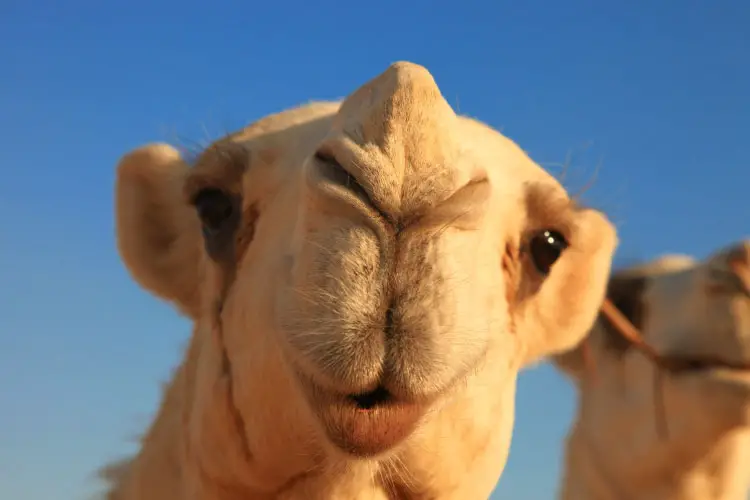North Africa
The region of North Africa hosts numerous countries, including Morocco, Tunisia, Egypt, Libya, Algeria, and Mauritania. Because of the vast acreage of North Africa, the region varies considerably, though hot, dry climates and cultures based largely on Islamic traditions are universal in North Africa. Moreover, numerous ruins and historical wonders litter the region, paying tribute to the fact that North Africa was one of the first areas ever settled. In fact, archaeological evidence suggests humans have inhabited the region for some two millions years. Though little is known about the earliest hominids, cave paintings and important archaeological clues construct a fairly vivid image of day-to-day life for Neolithic humans dating as far back as 4000 BCE.
Over time, these early humans congregated into several ancient empires, most notably the great Ancient Egyptian dynasties. Around 700 BCE, Greek colonies sprung up along North Africa’s coastlines. Later on, the Romans attempted a similar colonization strategy, which proved to be so successful that much of North Africa eventually came into the control of the Roman Empire. In fact, several prominent Roman citizens, including a Roman emperor, grew up in North Africa. However, Germanic invaders stole the region from the Romans, which historians often cite as one of the major reasons behind the collapse of the Roman Empire. By 700 CE, the region again traded hands, this time coming under the ownership of Arabs from the east.
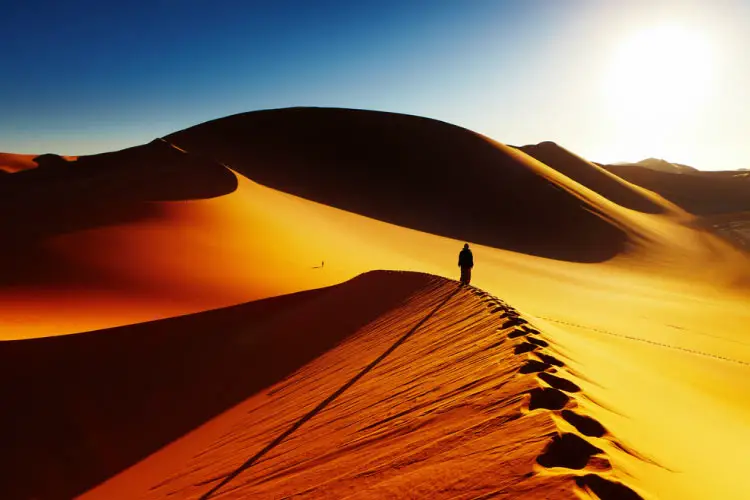
Though North Africa enjoyed relative autonomy throughout the Middle Ages, rapid desertification and dwindling resources led to massive economic recessions. During the Age of Exploration, European colonial powers took advantage of this, and France, the UK, Italy, and Spain split control over the region. The European presence in North Africa lasted until several years after WWII, which was partially fought in the region. During the 1950s, all of North Africa gained independence, which the region still enjoys today. Modern North African culture reflects the area’s mishmash heritage, and Islamic, Arabic, European, and Roman influences can be felt throughout the region.
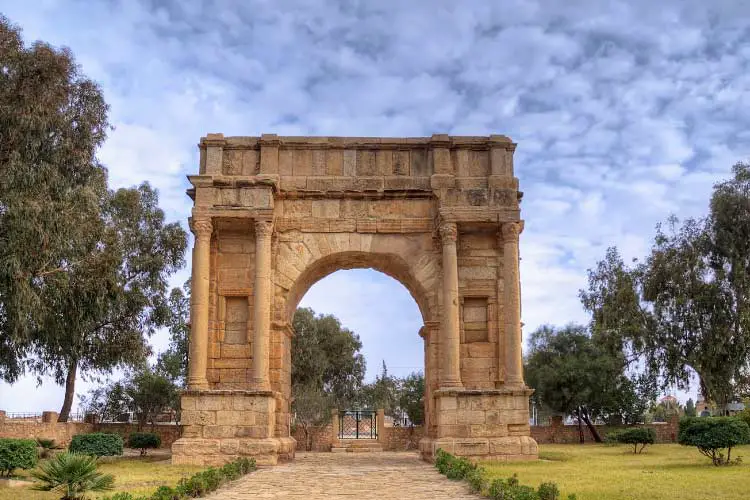
North Africa Highlights
Egypt’s Culture and Beaches
For most travellers, North Africa’s most desirable country to visit is undoubtedly Egypt. Popular historical sites such as the Pyramids of Giza or the Sphinx draw thousands of travellers each year. In fact, the Giza Necropolis has been one of the most popular travel destinations since the height of the Greek Empire several thousand years ago. Furthermore, the country boasts numerous beaches and one of the most attractive coral reef systems on the globe, which has spurred the development of several coastal resort towns dedicated solely to tourism.
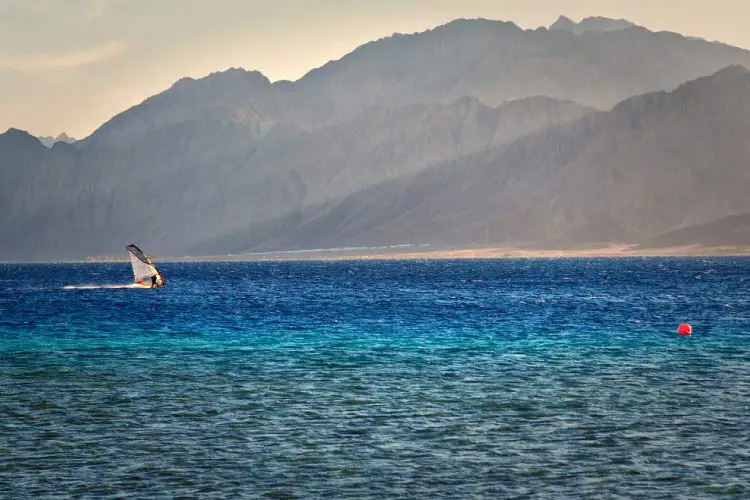
Sahara Desert, Morocco
Outside of Egypt, Morocco stands as another of North Africa’s more important travel destinations. Compared to much of the rest of the region, Morocco’s political stability makes it an attractive destination, especially for the numerous commercial cruise lines that frequent the country’s coastal resort towns. However, the more adventurous traveller may also wish to seek out the picturesque sand dunes found in the Sahara desert. Exploring the sandy deserts of Morocco on camelback is not an adventure one will soon forget. If this experience appeals to you, be sure to bring lots of water, dress appropriately, and check the weather beforehand, as temperatures of well above 40˚C (105˚F) have been recorded in the Sahara.
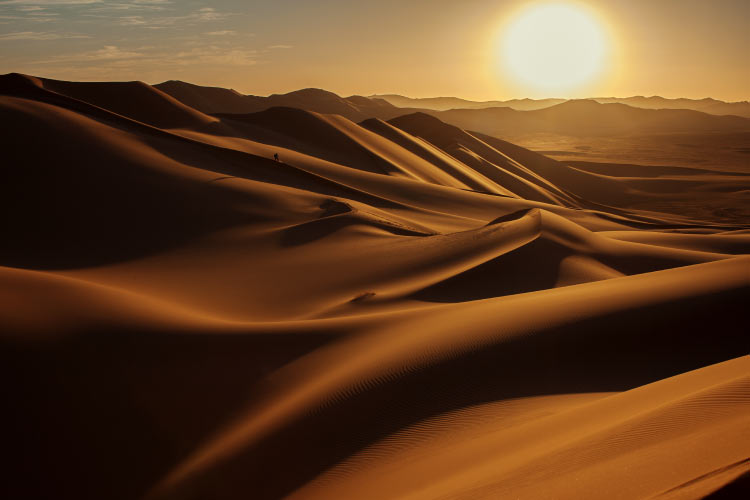
North African Food
Like the culture of North Africa, the cuisine of the region pays tribute to both the native resources of the land and numerous empires which have ruled the region. Mediterranean and tropical fruits and vegetables can be found throughout North Africa, and meats such as lamb, beef, and chicken are commonly consumed. Seafood plays a major role in the diets of coastal areas. Throughout North Africa, spices are extremely common, and most dishes employ these spices for added zest. In fact, North Africa is one of the world’s premier sources for spices, especially saffron.

Wildlife of North Africa
The most iconic animal of North Africa remains the camel, though a handful of other large mammals do exist, including jackals and sheep. In the coastal regions, a wide variety of fish and marine wildlife can be found. Though the desert landscape that dominates North Africa looks quite stunning, it’s rather inhospitable, thus few plants or animals can be found naturally in the Saharan portions of North Africa.
